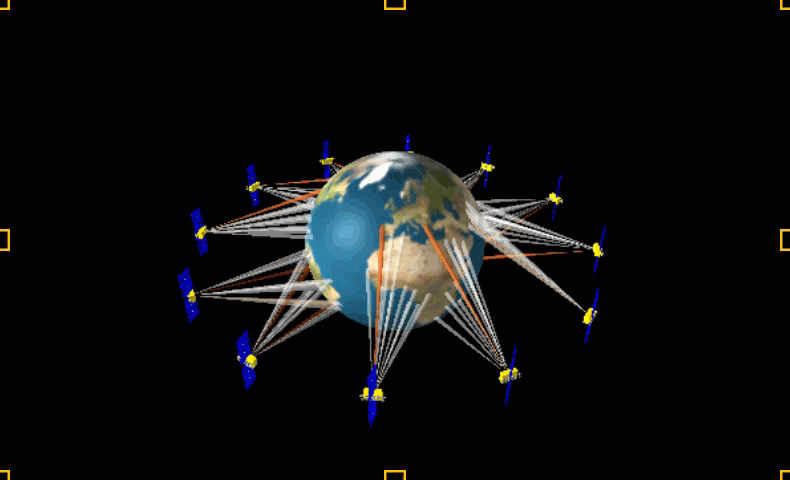SES732
O3b Advanced System Fundamentals
A wide-ranging technical overview of the operating principles of SES Networks’ O3b MEO constellation and services.
6
Lessons
3-10
Hours (self-paced)
Course Description
This course covers, in detail, the operating principles of SES's O3b network, including O3b network configuration, satellite constellation, beam configuration and management, ground equipment, and network and system management.
Audience:
This course is intended for SES staff, selected customers, and other specially approved students only.
Prerequisites:
GVF500 Introduction to Satellite Communications, GVF520 Satcom Fundamentals, and SES 731 Introduction to SES Networks (recommended).
Delivery:
Animated & interactive HTML5, self-paced, on-line format. Requirements: internet access while studying the course material (high speed preferred ); current browser with JavaScript enabled; permission to access SatProf server and learning system websites; mouse.
Tests:
Each lesson contains a mandatory quiz; some lessons may also contain simulator-based skill assessments. All pages must be viewed and all quizzes and simulator tests must be passed in order to complete the course.
Fee:
$150
Lessons Included
- SES Networks Systems Overview. Reviews the MEO system, beams, link terminology, signal path, and MEO satellites.
- RF Architecture. Discusses the RF systems on board the satellites including how the satellites’ antennas work and are organized into beams, how the beams are interconnected into RF channels, the RF frequency channel and polarization scheme, and how the ground stations connect to each other through the satellite beams.
- Working in the MEO Orbit. Provides details on the MEO orbit altitude, period, and latency, how the world is divided into SES Networks regions and why the regions have the shape of a cat’s eye, how SES Networks manages frequency channels so the utilized spectrum can be shared, and how ground stations hand over signals from one satellite to the next with no interruption in service.
- Links. Details access method options including SCPC point-to-point, SCPC point-to-multipoint, and TDM/TDMA. Covers rain effects and mitigation strategies, ACM and how it works, UPC and how it works, AUPC and which terminals use it, site diversity, and hybrid terminals with C-band GEO backup.
- Terminals. Discusses the range of terminals available including gateway/teleport terminals, tier 1 user terminals, tier 2 user terminals, mobile and maritime user terminals, special terminal configurations, options for modems, and the Smart Terminal system.
- Network and system management. Reviews the features and capabilities of SES Networks' services for managing terminals and customer networks including the Satellite Operations Center, the Network Operations Center, how SES Networks implements traffic queuing, and using the customers’ SES Networks monitoring portal.
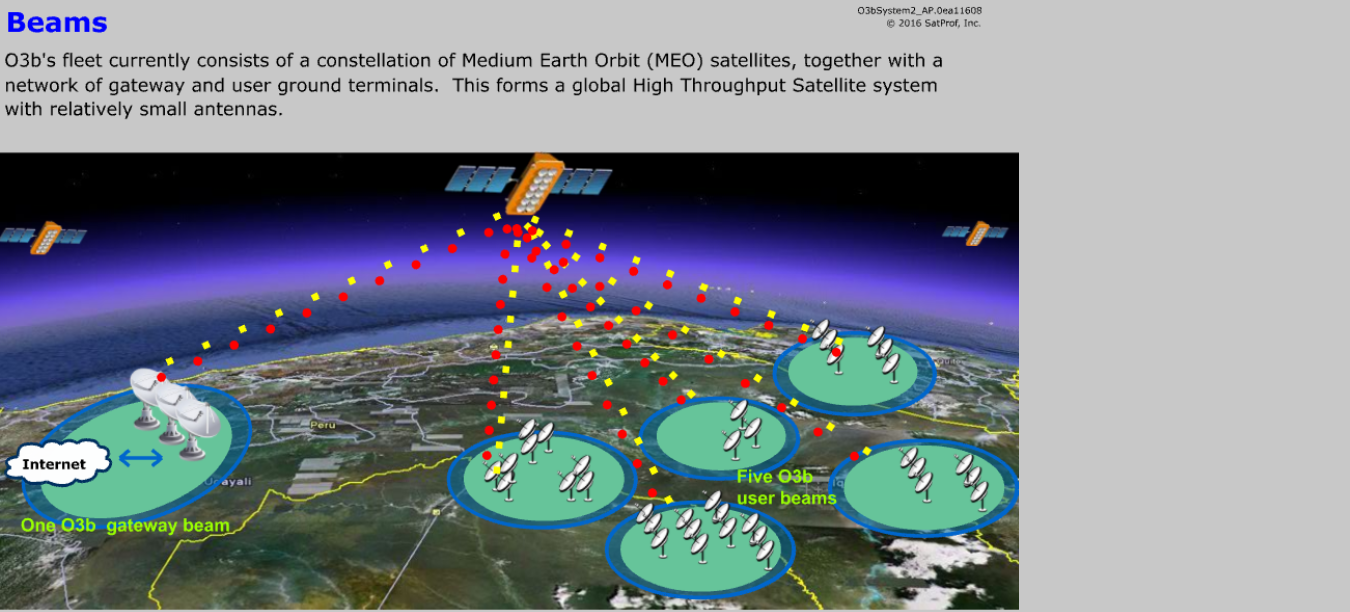
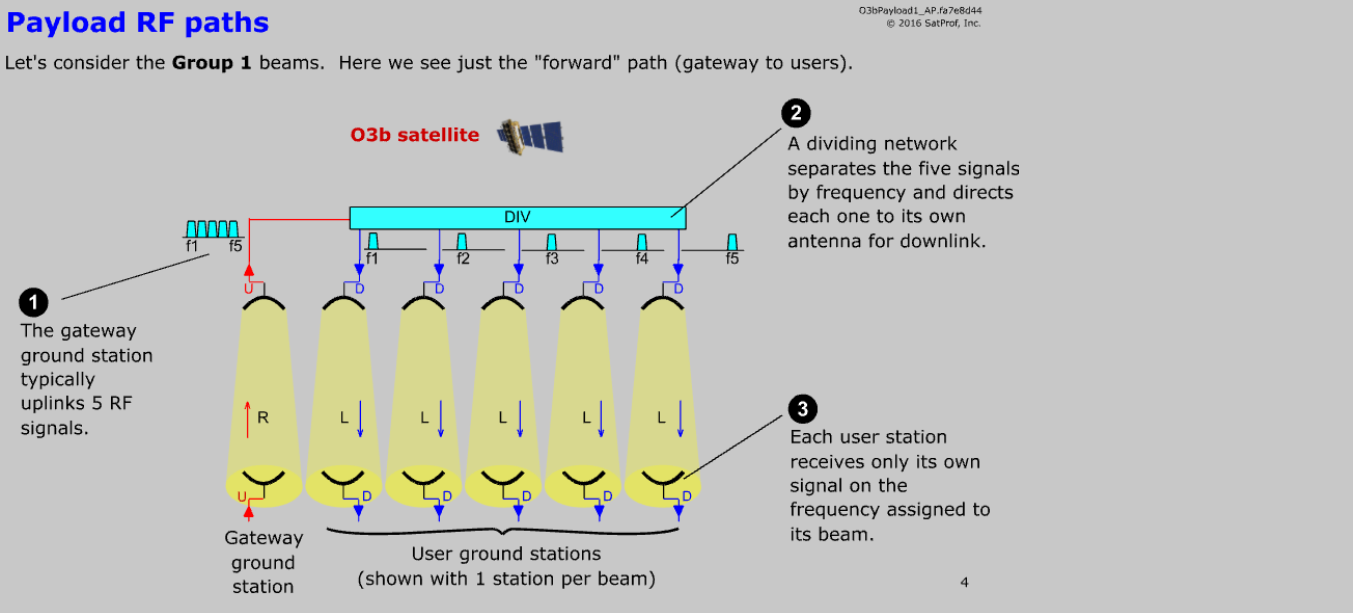
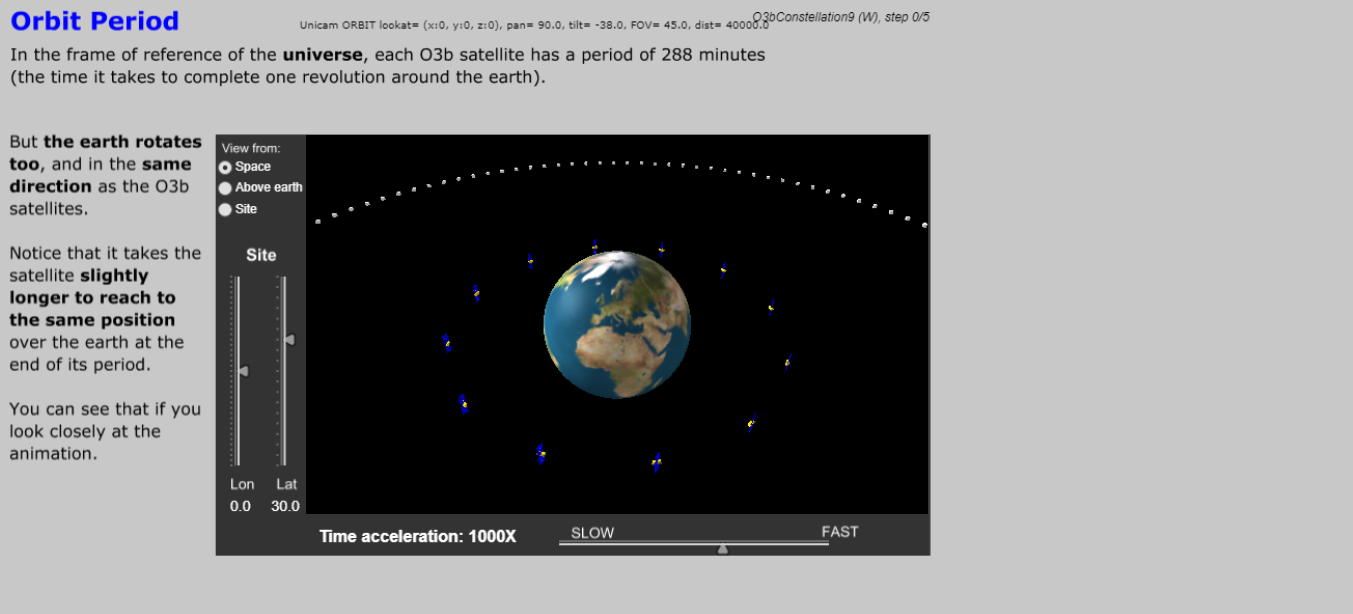
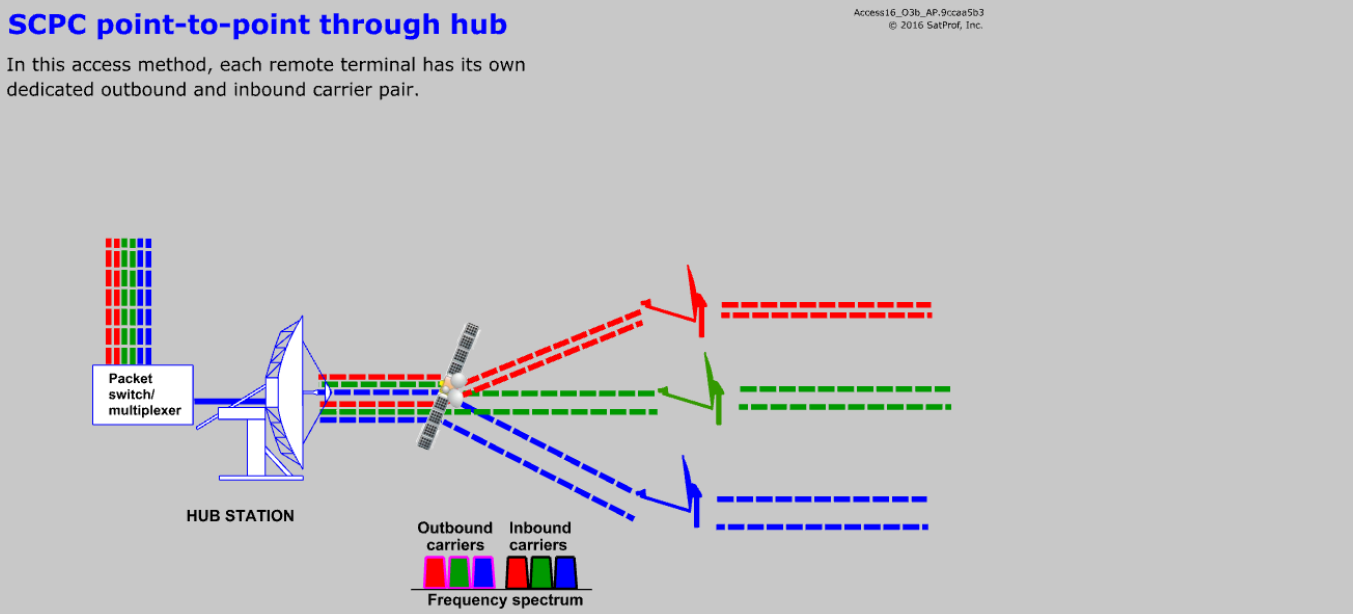
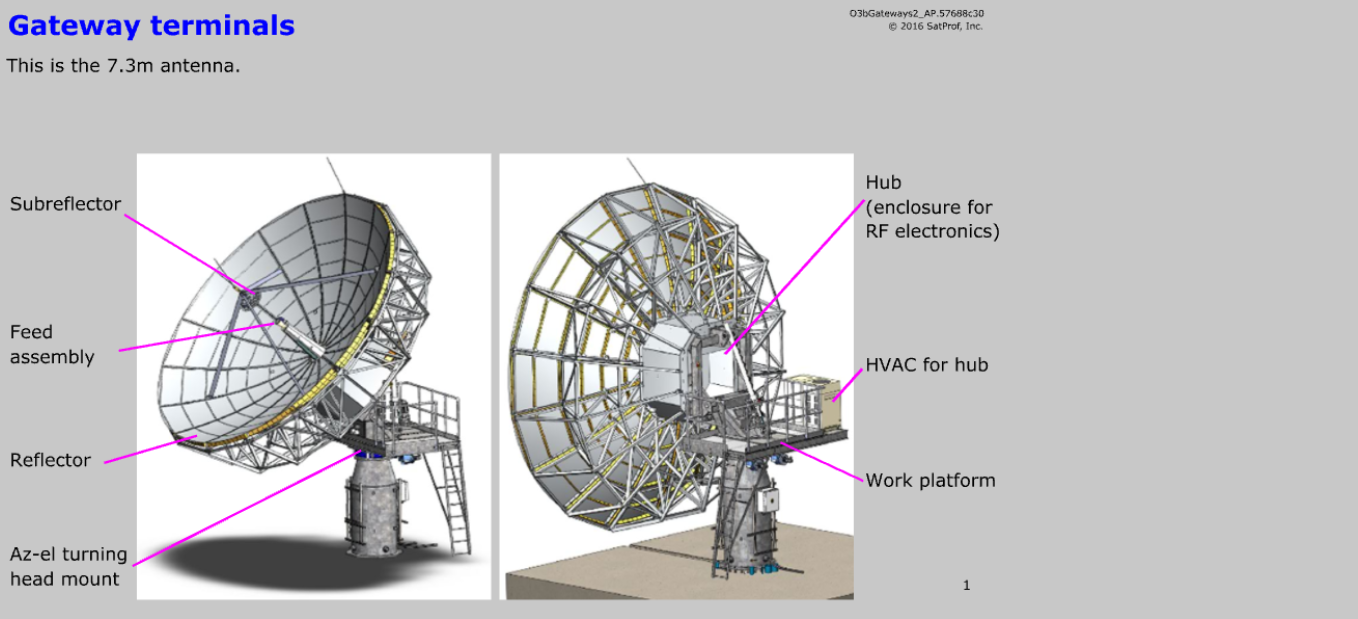
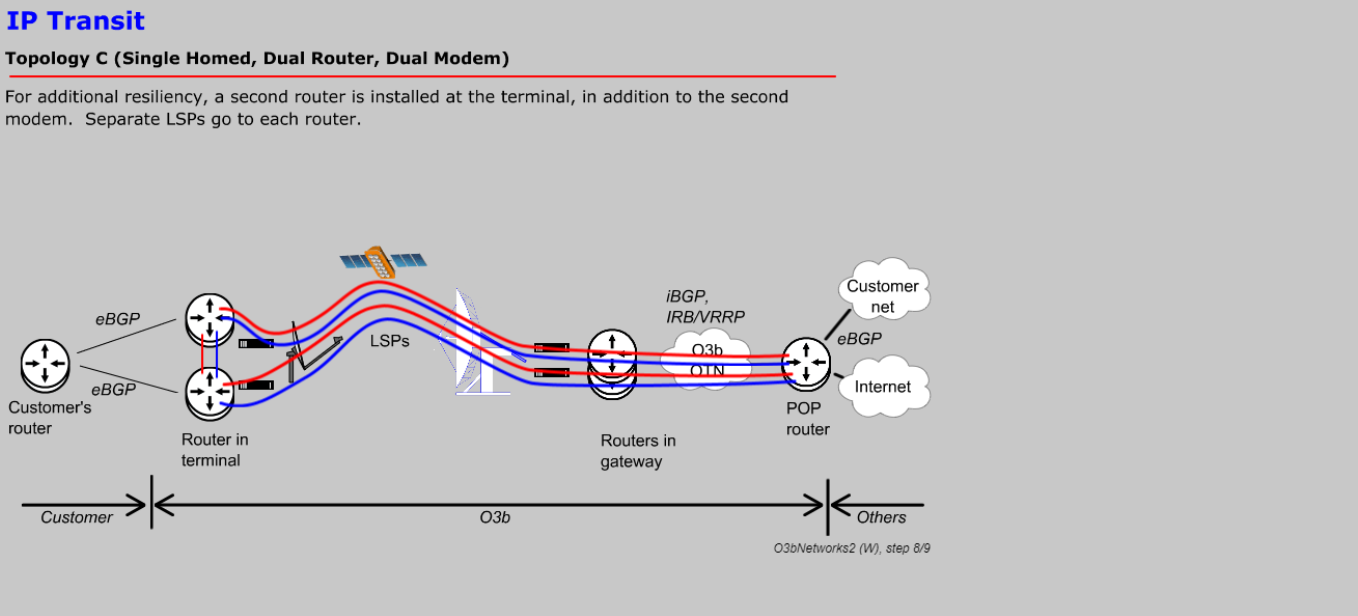
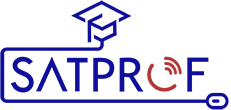 Online Training
Online Training

